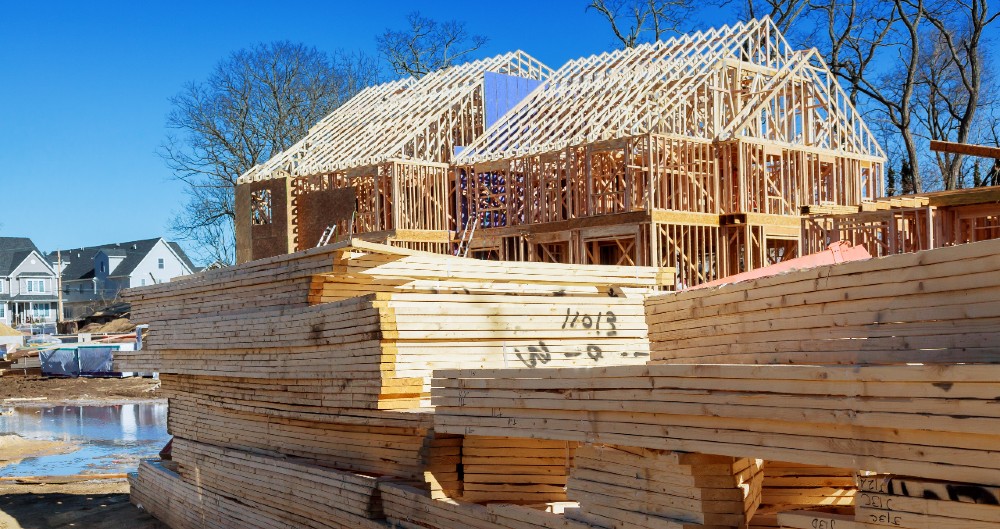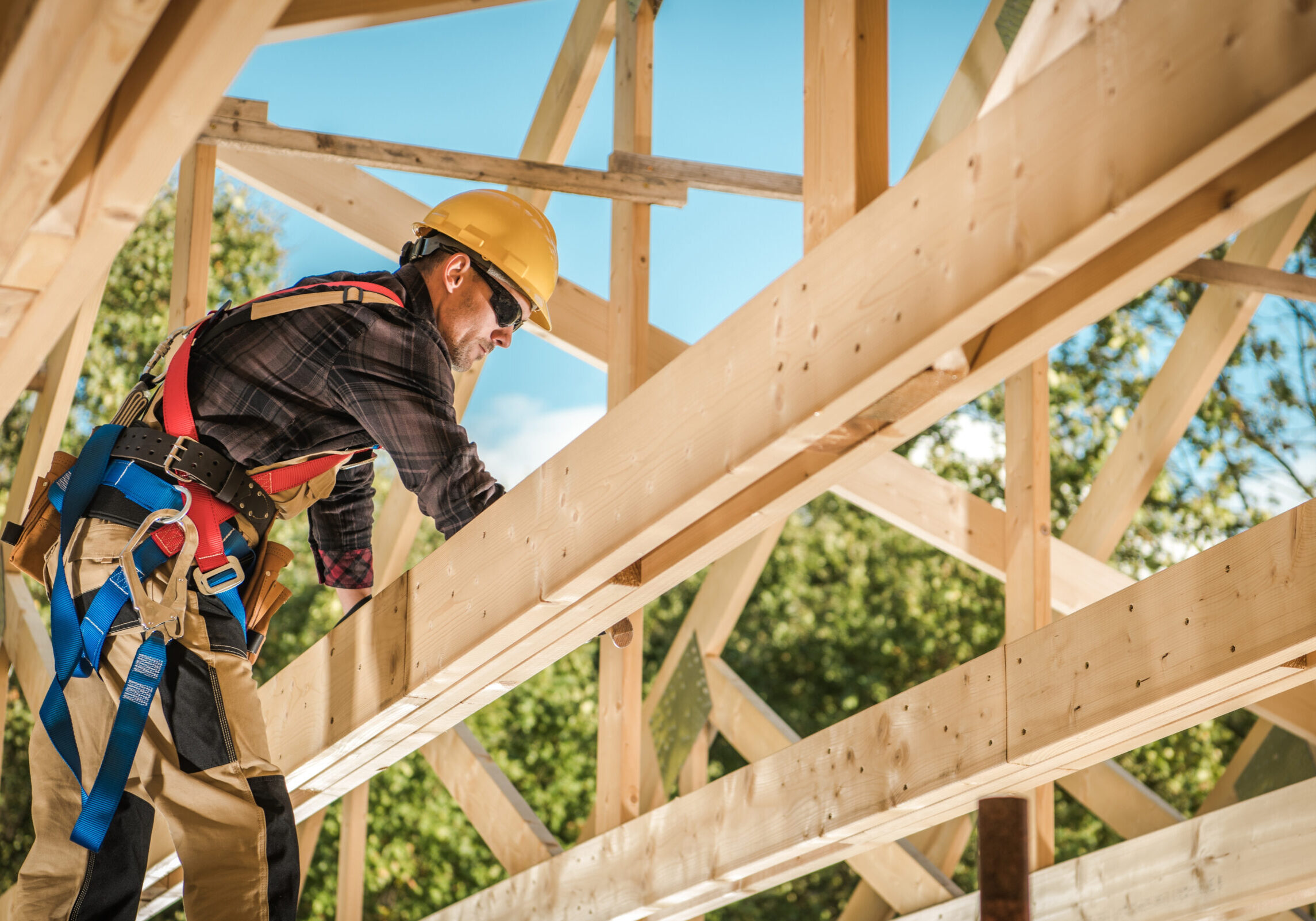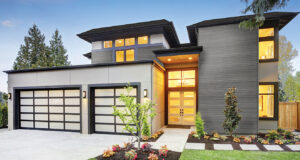Housing Figures: Starts Jump, Supply Chain Challenges Impact Sales
July 29, 2021

Housing Figures is our monthly round-up of the top news stories related to residential new construction spending and the latest market numbers.
While housing starts increased in June, sales and permits decreased thanks to supply chain challenges. Still, industry insiders are indicating that the demand is there for new homes. Also included in this round-up: condos are having a moment and home price growth has set yet another record.
Housing starts top forecasts
Housing starts jumped in June. Housing starts in the U.S. increased more than what was forecast in June, jumping 6.3% to a seasonally adjusted annual rate of 1.64 million units. That breaks down to a 6.3% increase for single-family housing starts (a rate of 1.16 million units) while the June rate for buildings with five units or more was 474,000 units. Meanwhile, building permits decreased by 5.1% to a seasonally adjusted annual rate of 1.598 million units. That number is still 23.3% higher than the June 2020 rate. [Bloomberg/Census Bureau]
Supply chain challenges impact new home sales
New home sales decreased in June. Supply chain challenges impacted new home sales in June with single-family sales falling 6.6%. That represents a seasonally adjusted annual rate of 676,000 units. Still, new home sales are up 13.5% year over year. The reality is that some builders are intentionally slowing sales (see builder feedback below) to manage supply chain disruptions and match production capacity. NAHB’s Robert Dietz, chief economist, said they anticipate an upward revision for next month. [NAHB Now]
Meanwhile, existing home sales rose in June. After four consecutive months of declines, existing home sales rose 1.4% in June, according to the National Association of Realtors. No region showed declines, with increases in the Northeast, Midwest and West, while the South stayed flat from May. Housing inventory increased by 3.3% from May to June, or by 1.25 million houses, which is equivalent to 2.6 months of the monthly sales pace. First-time buyers accounted for 31% of sales. [NAR]
New Home PSI shows seasonality has returned to the market. Zonda’s New Home Pending Sales Index showed a 0.8% month-over-month increase from May to June, and a 2.4% year-over-year increase. According to Ali Wolf, Zonda’s chief economist, distractions are back for home shoppers, but the demand pool remains deep. The New Home PSI doesn’t match Census Bureau data because the index looks at two components: new home orders and the average sales rate per community. [Builder]
Builders suggest slowing business supply driven
Builder survey shows fewer builders reporting year-over-year sales increases. The latest HomeSphere and BTIG State of the Industry Report indicated fewer builders are seeing year-over-year sales increases, but it likely has more to do with supply constraints than a lack of demand by buyers. In the survey, 37% of respondents said that fewer homes or lots to sell was the primary reason for lower sales contracts per community compared to one year prior, while 37% indicated they were purposely delaying sales due to supply chain or labor constraints. Meanwhile, 26% of builders reported customers who aren’t willing — or aren’t able to — pay higher prices as the primary reason for lower year-over-year sales. [HomeSphere]
Not yet a HomeSphere partner?
HomeSphere connects residential construction builders with building product manufacturers to facilitate long-lasting relationships through our award-winning software platforms, My HomeSphere® and HomeSphere-IQ®.
Home price growth sets another record, lumber continues to add to new home prices
Case-Shiller home price index up 16.6% in May. The latest S&P CoreLogic Case-Shiller Home Price Index reported a 16.6% annual gain in May, which is up from 14.8% in April. The highest year-over-year gains from the 20-city composite were in Phoenix, San Diego and Seattle. Phoenix reported a 25.9% year-over-year price increase. In month-over-month gains, the national index reported a 1.7% increase after seasonal adjustment. Housing price growth set a record for the second month, posting the highest reading in more than 30 years. [SP Global]
Lumber products are adding nearly $30,000 to new home prices. Softwood lumber products are now adding $29,833 to the price of an average single-family home, and about $92 per month more to apartment rents according to the National Association of Home Builders. The figures are less than what was reported in April when lumber was adding about $35,000 to the price of a new home. Estimates from Home Innovation Research Labs indicate that more than 2,200 square feet of softwood plywood and more than 6,800 square feet of OSB are used in the average single-family home. [NAHB Now]
Interest in condos is re-emerging, Americans seek affordability
How far Americans are willing to commute is being reflected in home value growth. In expensive markets, home values are growing more slowly in areas close to job centers according to Zillow. That’s because Americans have shifted their priorities away from quick office commutes toward home affordability. At the same time, in less expensive metros, a shorter commute is resulting in homes gaining value. For example, a 10-minute commute in New York is now about $74,000 cheaper than it was in 2019, while a Detroit home with the same commute is about $100,000 more expensive. [Zillow]
Homebuyers are turning back to condos. Redfin data shows that condos are selling above asking price for the first time in at least nine years. The typical condo sold in 22 days — a record pace in June. Nationally, the typical condo sold for 0.7% above asking price in June, which translates to $304,000. While the pattern is somewhat seasonal, this is the first year condos are selling above asking price instead of under asking price. [Redfin]
The impact of prices for new construction. An NAHB report found that the share of prospective homebuyers looking to buy a newly built home has decreased from the fourth quarter of 2020. That share peaked at the end of the 2020 at 42%, falling to 38% in the first quarter of 2021 and 33% in the second quarter. It’s likely that the drop is a result of new home price gains, driven in part by residential construction cost inputs like lumber. [Eye On Housing]






